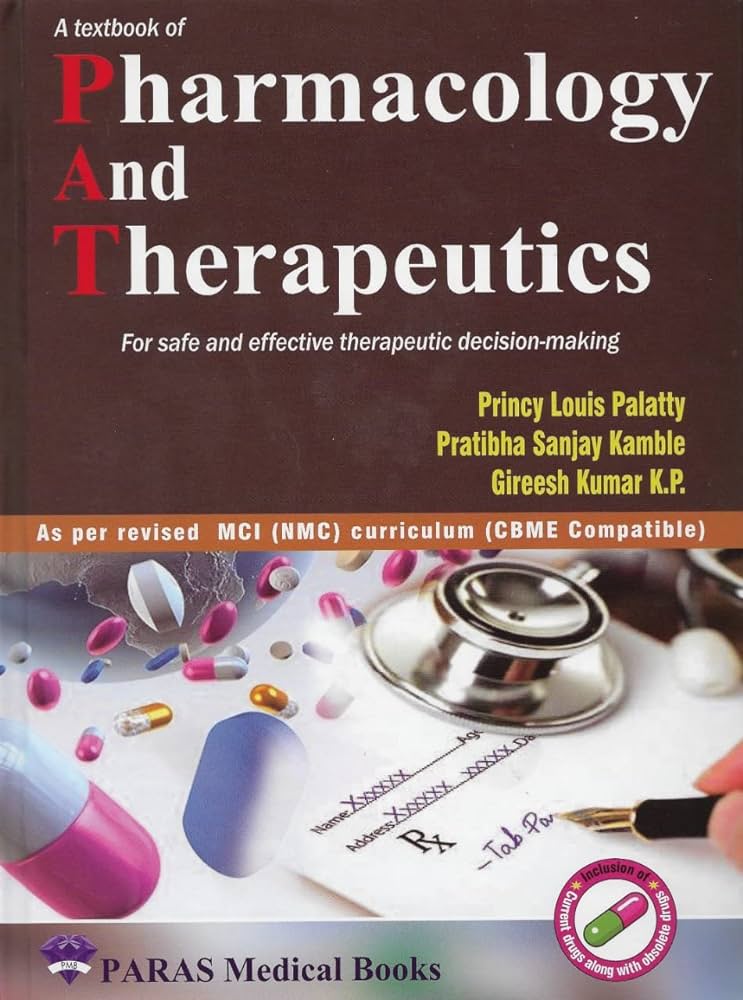Lessons learned from 20 years of preclinical testing in pediatric cancers
IF 12
1区 医学
Q1 PHARMACOLOGY & PHARMACY
引用次数: 0
Abstract
Programs for preclinical testing of targeted cancer agents in murine models of childhood cancers have been supported by the National Cancer Institute (NCI) since 2004. These programs were established to work collaboratively with industry partners to address the paucity of targeted agents for pediatric cancers compared with the large number of agents developed and approved for malignancies primarily affecting adults. The distinctive biology of pediatric cancers and the relatively small numbers of pediatric cancer patients are major challenges for pediatric oncology drug development. These factors are exacerbated by the division of cancers into multiple subtypes that are further sub-classified by their genomic properties. The imbalance between the large number of candidate agents and small patient populations requires careful prioritization of agents developed for adult cancers for clinical evaluation in children with cancer. The NCI-supported preclinical pediatric programs have published positive and negative results of efficacy testing for over 100 agents to aid the pediatric research community in identifying the most promising candidates to move forward for clinical testing in pediatric oncology. Here, we review and summarize lessons learned from two decades of experience with the design and execution of preclinical trials of antineoplastic agents in murine models of childhood cancers.
从 20 年的儿科癌症临床前试验中汲取的经验教训。
自 2004 年以来,美国国家癌症研究所(NCI)一直支持在儿童癌症小鼠模型中进行癌症靶向药物临床前试验的计划。设立这些计划的目的是与业界伙伴合作,解决儿科癌症靶向药物匮乏的问题,而针对主要影响成人的恶性肿瘤开发和批准的药物数量却很多。儿科癌症独特的生物学特性和相对较少的儿科癌症患者数量是儿科肿瘤药物开发面临的主要挑战。癌症分为多种亚型,而亚型又根据基因组特性进一步细分,这些因素都加剧了上述挑战。大量候选药物和较小的患者群体之间的不平衡要求对针对成人癌症开发的药物进行仔细的优先排序,以便在儿童癌症患者中进行临床评估。NCI 支持的临床前儿科项目已公布了 100 多种药物的阳性和阴性疗效测试结果,以帮助儿科研究界确定最有希望在儿科肿瘤学临床测试中取得进展的候选药物。在此,我们回顾并总结了二十年来在儿童癌症小鼠模型中设计和执行抗肿瘤药物临床前试验的经验教训。
本文章由计算机程序翻译,如有差异,请以英文原文为准。
求助全文
约1分钟内获得全文
求助全文
来源期刊
CiteScore
23.00
自引率
0.70%
发文量
222
审稿时长
90 days
期刊介绍:
Pharmacology & Therapeutics, in its 20th year, delivers lucid, critical, and authoritative reviews on current pharmacological topics.Articles, commissioned by the editor, follow specific author instructions.This journal maintains its scientific excellence and ranks among the top 10 most cited journals in pharmacology.

 求助内容:
求助内容: 应助结果提醒方式:
应助结果提醒方式:


